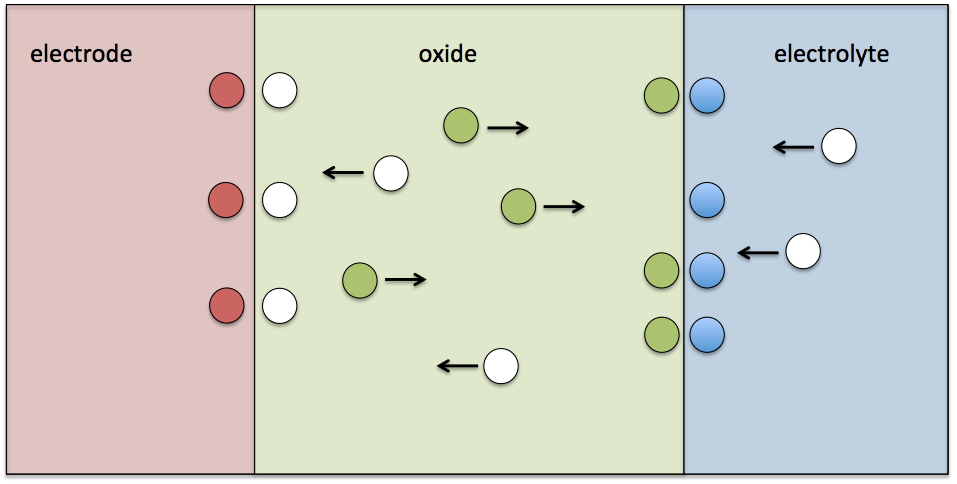There are many processes, especially on the mesoscale, which change their appearance during the evolution of the system. Among these are solidification processes, recrystalisation during a heat treatment or oxidation processes. While oxidation is often seen as unwanted or problematic it has very useful applications as well. A deliberately formed oxide film can protect a metal from rapid corrosion in aggressive conditions. This is often the case with layers of Al2O3. But the films can also be used in circuit technology as is the case for SiO2 grown on Si. We therefore have an interest in understanding the oxidation process and how the structure of the metal influences the growth (e.g. does it have grain boundaries?). The behavior of the process is described by a set of bulk equations where boundary conditions at the interface bring additional complexity into the problem. On top of that there are boundary conditions that are strongly related to the phase field transformation itself, such as the release and absorption of latent heat.
The description of the oxide interface will use a phase field approach. This avoids the difficult tracking of the interface position. The main difference to a sharp interface approach is, that the interface changes smoothly over a finite length. Solving the governing equations, derived from the free energy, we will be able to analyze the oxidation in equilibrium as well in a moving state.

